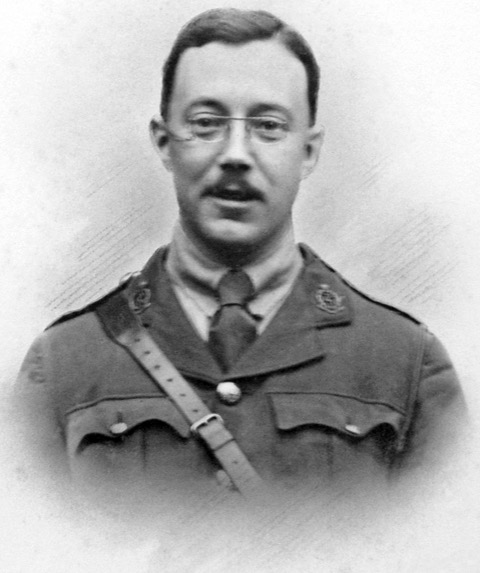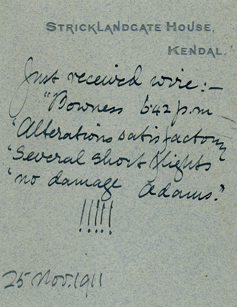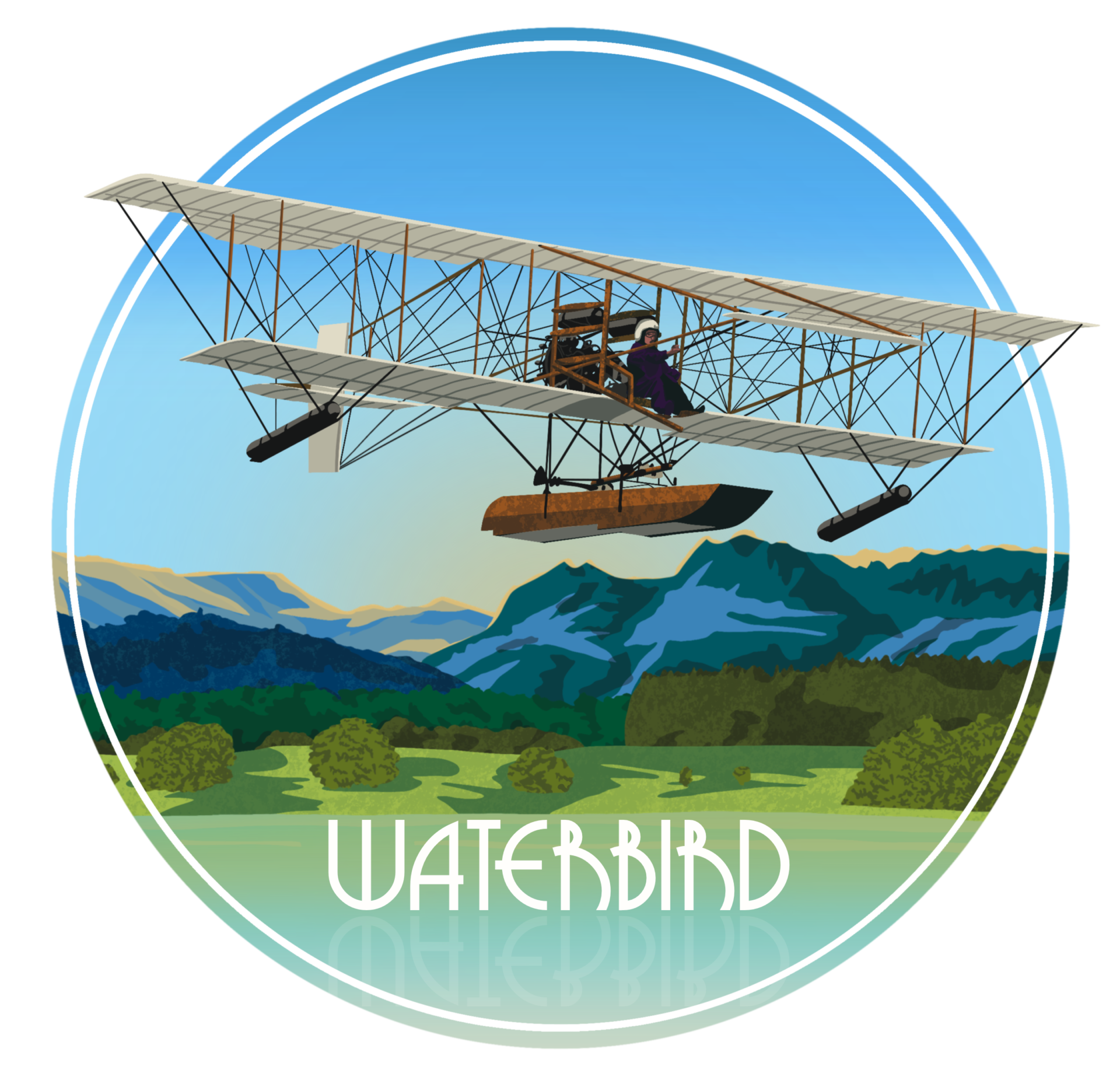CAPTAIN EDWARD WILLIAM WAKEFIELD, MA, JP, DL, Cross of Chevalier of the Order of the Crown of Italy
(1862 – 1941)



Edward Wakefield grew up at Stricklandgate House (now the Old House), Kendal, attending school in Harrogate and Sedbergh. He read Natural Sciences at Trinity College, Cambridge, was then apprenticed to the Craven Bank in Skipton and became a member of the Institute of Bankers. He went to London to train as a Barrister and qualified in 1893. Upon his father dying in that year, he returned to Kendal and took his father’s place in Wakefield, Crewdson & Co, The Kendal Bank (Wakefields’ Bank having been established in 1788). It was absorbed by the Bank of Liverpool in 1893. He married Mary Wilkinson, the daughter of a properous Skipton tobacco merchant, on 8 September 1886 and their daughter Marion was born in 1889. On the announcement of the Boer War in 1899, he volunteered for active service. Having contracted typhoid fever, he was invalided home and appointed High Sheriff of Westmorland in 1900. He returned to South Africa the following year.
Wakefield went to the Blackpool Aviation Week in 1909, where he put forward the theory of flying from water but was ridiculed by the experts. He commissioned an aeroplane from A. V. Roe & Company, which was converted to a hydro-aeroplane at Windermere and known as Waterbird. On 25 November 1911, Waterbird made the first successful flight by a British hydro-aeroplane, piloted by Herbert Stanley Adams. It was also the first successful flight in the world to use a ‘stepped‘ float, which he patented in 1913.
He volunteered again for service in World War 1. He formed ‘C’ Company of the Lonsdale Battalion, Border Regiment. Having joined the 11th Battalion of the Cheshire Regiment, he transferred to the 4th Battalion of the Border Regiment in 1916. In 1917, he became in charge of the 37th Labour Company which served in France and Italy.
Wakefield died aged 78, his body was escorted by members of Kendal Town Council, dignitaries and friends and buried at Castle Street cemetery, Kendal. The epitaph is THEIR WORKS SHALL FOLLOW THEM. This memorial window to his wife, designed by their daughter and made by Shrigley & Hunt formerly of Castle Hill, Lancaster, is at Kendal Parish Church.
‘KENDAL AND COUNTY LOSE MAN OF MANY PARTS’
‘Mr. Edward William Wakefield, a man of many and varied attainments and one of the best known public figures in Westmorland, died at Kendal on Sunday after 1 day’s illness. News of his death at the age of 78 years, came as a shock to the inhabitants of Kendal and also to his very wide circle of friends in all parts of the county for only a few hours before he first became ill on Friday evening he had attended the quarterly meeting of Westmorland County Council and taken part in discussions with the foresight and admirable sense of proportion which made him one of the most respected members of both Kendal Town Council and the county authority.
‘Few men have the ability to master so many fields of human attainment as had Captain Wakefield. In 1911, after exhaustive experiments on Lake Windermere, he produced the first aircraft to take off British waters, and thus may be said to have pioneered the huge flying boats which girdle the earth today. In addition to being an inventor, he travelled in many parts of the world, served in both the South African and Great Wars, was a fully-qualified barrister, and had considerable experience of the banking business. In local government he achieved all possible honours. In addition to being Mayor of Kendal on three occasions [1925, 1926 and 1937] he was elected a Freeman of his native borough in 1937. A Justice of the Peace for 48 years, he was one of the county’s oldest magistrates in years of service, was vice-chairman of Westmorland Quarter Sessions from 1936 up to the time of his death, and Chairman of the Westmorland Standing Joint Committee since 1937.’
– Obituary in the Westmorland Gazette, 9 August 1941.
CROSS OF CHEVALIER OF THE ORDER OF THE CROWN OF ITALY
By the end of World War 1, Wakefield was Chief Church Army Commissioner for France and Belgium. On 30 September 1921, he was awarded the Cross of Chevalier of the Order of the Crown of Italy, the second highest Order which could be conferred on any foreigner. This was in recognition of his services rendered to the Church Army in Italy and other theatres of war. He was granted permission to wear the award by way of a Royal Warrant.
EXTRACTS
‘Indeed in many ways his whole life can be seen in terms of a struggle to be faithful to his strong family tradition while at the same time seeking excitement and stimulation elsewhere.’ – John Gordon, great-grandson.
‘At about 8 p.m. under young Mr. Raynham’s skilful piloting a splendid flight took Brooklands by storm. Rising slowly and turning at first in wide sweeps she soon gathered speed and height and sailed for some miles (4 at least) over houses and trees, and then landed in front of her hangar as gently as a thistledown. Thus she passed her contract test with flying colours.’ – Letter from Wakefield to his wife Mary, 1 July 1911.
‘I come of many generations of Westmorland men, and I yield to no one in love for the scenery, and loyalty to the interests of my country. Scouting by hydro-aeroplane will shortly become a necessity for the safety of this island.’ – Letter by Wakefield, in response to a letter from Canon Rawnsley to The Times, together with Flight and Aero magazines, 11 January 1912. The letter gained editorial support from Flight on 20 January 1912, which included ‘Mr. Wakefield answers Canon Rawnsley’s points seriatim, and which we think makes out a good case for himself’.
‘Resting idly on the ripples is something the old hills have not seen before. … The loud even hum of the 7 cylinders commences, and we are off. At first quite slowly – then with rapidly increasing speed we skim the surface of the lake. The sweet air begins to sing in the wires. All at once we are rising. There is no jerk. One only knows that one is flying by the smoothness and ease of the motion. It seems very rapid. The shining blue and white ripples are being passed so fast – 35 to 40 miles an hour. Gradually we get higher. The ripples become smaller, indistinct and then fade from sight. The view opens out as it does when one ascends a steep hill, only so much more easily, so much more wonderfully. There is a perfect blaze of spring colouring underneath and around. As we rise higher and higher the fields look like bright and green squares of a chess board – but not so regular. The woods are a motley of every glorious shade of green one can imagine. The lake becomes a pool of liquid silver. The beasts grazing in the sunshine pause a moment to look round, then go on feeding. But the swans and other birds seem restless and a little puzzled. Beech Hill Hotel has disappeared, Storrs Hall looks tiny. The folk on a passing steamer wave greetings to us. The motion can only be compared to sailing over a gentle swell. It is exhilarating, glorious, a sport and a pastime for kings.
‘In an incredibly short time the Hill of Oaks sheds appear. We take a little circle – then turn and come down just as gently as we rose. I hear the sound of the water under the float, but am not conscious of any jerk or check to tell me we have left the soft arms of the kindly air and come to rest supported on the laughing waters.’
– Windermere From Above, article by Wakefield in Flight magazine, 11 May 1912 following the first passenger flight on 3 May.
‘Every boy worth his salt builds castles in the air. But sometimes his wings (opportunities) have not enough area to carry the load. And sometimes his engine (force of character) is a bit short of power. So grey hairs come, and the castles fade. The castle I built was to fly, and lo! it materialised after five-and-thirty years, in spite of the grey hairs.
‘It is, however, not yet four years since I decided to concentrate on waterplanes. At that date waterplanes were unheard of, and water flying was ridiculed, and judged impossible, just as a year or two before the idea of any machine really flying was laughed out of court.’
– Notes on Waterplanes, article by Wakefield in The Aeroplane magazine, 10 April 1913; for the handwritten draft, see top of this page.
SUPPORTING YOUNG PEOPLE
Wakefield’s main focus was on helping many of the hundreds of thousands of children, orphans or in one-parent families, living, often homeless, on the verge of destitution, particularly at St Mark’s Home for Boys, Natland. He became assistant, and soon effective deputy to the founder and Secretary of the Church of England Society for Waifs and Strays. He was founder of the Kendal Guild of Service.
‘Mr. Wakefield is a valued member of the committee which in the past few weeks has enrolled nearly 100 boys to form the Kendal Squadron of the Air Training Corps.’ – The Westmorland Gazette, 22 March 1941. In 1941, his nephew Wavell Wakefield became Director of the Air Training Corps.
Edward’s younger brothers Arthur and William were involved with the Great Tower Wood Scout’s camp, adjacent to Hill of Oaks. William donated 240 acres to form the first national camp of its kind. It was opened by the Chief Scout, Lord Baden-Powell, in August 1936.
– Concerning flight from water, Wakefield described it as ‘Something that beckoned…’. – Aeromarine Origins by H F King.
